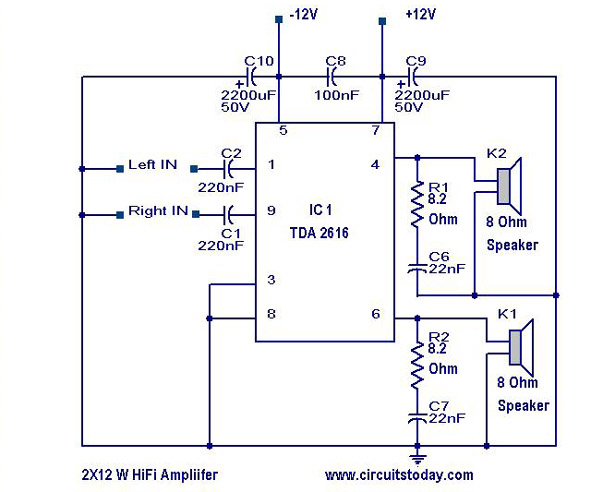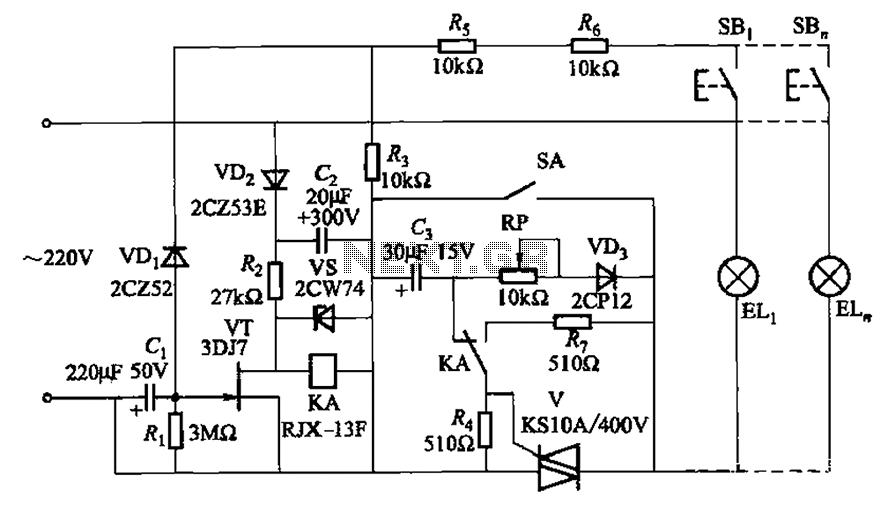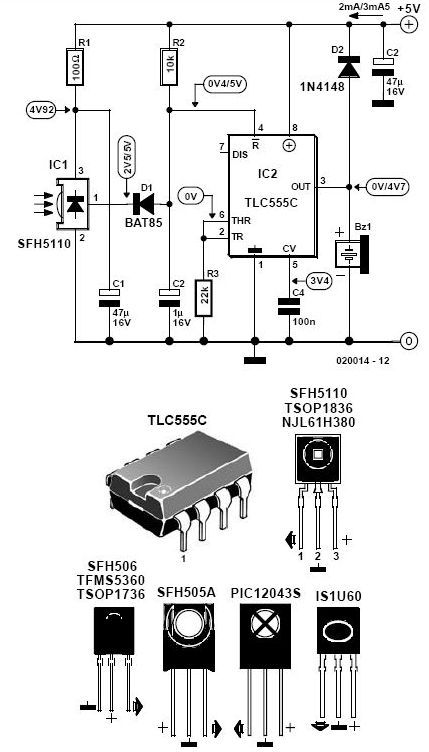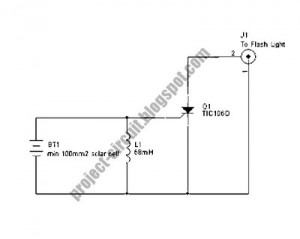
Overunity Joule Thief Circuit

Retired Physics Professor Steven E. Jones is working on a simple overunity circuit that he has observed achieving up to 20 times overunity. This circuit is a variation of the Joule Thief or a blocking oscillator. His design incorporates an LC circuit that feeds into the base of the transistor.
The described overunity circuit utilizes principles derived from the Joule Thief design, which is known for its ability to extract energy from low-voltage sources, such as depleted batteries. The key components of this circuit include an inductor (L), a capacitor (C), and a transistor, which work together to create a feedback mechanism that enhances energy transfer.
In the circuit configuration, the LC circuit serves as an oscillator, generating a resonant frequency that can amplify the input energy. The inductor stores energy in its magnetic field when current flows through it, while the capacitor stores energy in its electric field. When the circuit reaches resonance, the oscillation can lead to a significant increase in voltage and current at the output compared to the input, potentially achieving overunity operation.
The transistor acts as a switch, controlling the flow of current through the circuit. When the LC circuit oscillates, it provides a pulsed signal to the base of the transistor, allowing it to rapidly turn on and off. This switching action can lead to a higher efficiency in energy transfer, as the transistor can amplify the current flowing through the load connected to the circuit.
The circuit may also include additional components such as diodes for rectification, resistors for biasing, and capacitors for filtering, depending on the specific design requirements. Proper tuning of the LC circuit is essential to achieve the desired oscillation frequency and maximize the energy output.
Overall, this circuit represents an innovative approach to energy generation, leveraging established electronic principles to explore the potential for overunity performance. Further experimentation and refinement may yield valuable insights into its operational characteristics and efficiency.Retired Physics Professor, Steven E. Jones is working on a simple overunity circuit that he has seen go as high as 20 times overunity. The circuit is a derivation of the Joule Thief circuit or a blocking oscillator. His variation has an LC-circuit feeding into the base of the transistor. 🔗 External reference
The described overunity circuit utilizes principles derived from the Joule Thief design, which is known for its ability to extract energy from low-voltage sources, such as depleted batteries. The key components of this circuit include an inductor (L), a capacitor (C), and a transistor, which work together to create a feedback mechanism that enhances energy transfer.
In the circuit configuration, the LC circuit serves as an oscillator, generating a resonant frequency that can amplify the input energy. The inductor stores energy in its magnetic field when current flows through it, while the capacitor stores energy in its electric field. When the circuit reaches resonance, the oscillation can lead to a significant increase in voltage and current at the output compared to the input, potentially achieving overunity operation.
The transistor acts as a switch, controlling the flow of current through the circuit. When the LC circuit oscillates, it provides a pulsed signal to the base of the transistor, allowing it to rapidly turn on and off. This switching action can lead to a higher efficiency in energy transfer, as the transistor can amplify the current flowing through the load connected to the circuit.
The circuit may also include additional components such as diodes for rectification, resistors for biasing, and capacitors for filtering, depending on the specific design requirements. Proper tuning of the LC circuit is essential to achieve the desired oscillation frequency and maximize the energy output.
Overall, this circuit represents an innovative approach to energy generation, leveraging established electronic principles to explore the potential for overunity performance. Further experimentation and refinement may yield valuable insights into its operational characteristics and efficiency.Retired Physics Professor, Steven E. Jones is working on a simple overunity circuit that he has seen go as high as 20 times overunity. The circuit is a derivation of the Joule Thief circuit or a blocking oscillator. His variation has an LC-circuit feeding into the base of the transistor. 🔗 External reference





